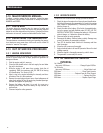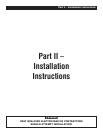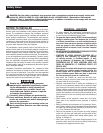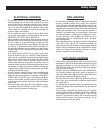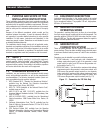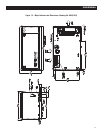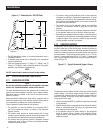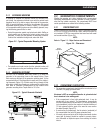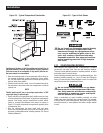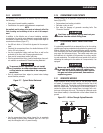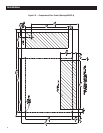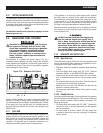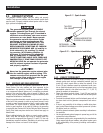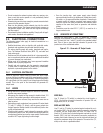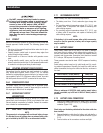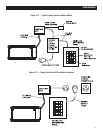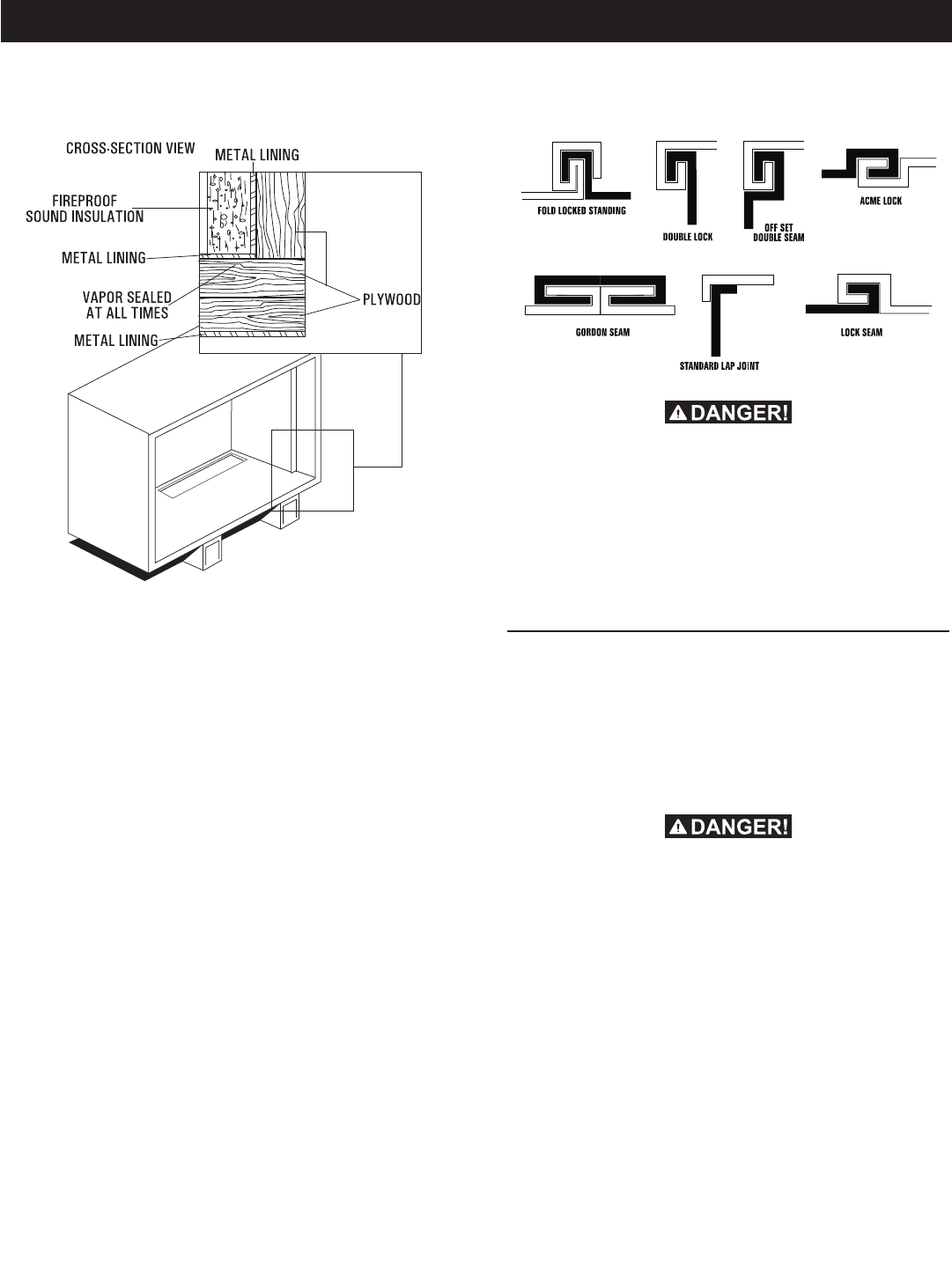
24
Figure 2.5 – Typical Compartment Construction
NOTE:
Caulking must be done so that the caulking material will stay in
place permanently. Pressing such materials as putty tape onto
joints and seams is not acceptable. A high quality silicone rub-
ber base sealant is recommended.
Holes and openings made in the compartment walls to allow for •
the passage of electrical conduit, conductors, hoses, cables,
etc., into the vehicle living area must be sealed vapor tight with
silicone rubber base sealant.
If flexible metal conduit is used, it must be sealed internally at •
the end where it terminates inside the compartment’s electrical
junction box.
NOTE:
Flexible metal conduit, due to its unique construction, is NOT
vapor tight along its entire length.
Seams and joints of the galvanized steel (whether used as a liner •
or for the compartment itself) must be lapped and mechanically
secured. Such seams may be manufactured, welded, bolted,
riveted or screwed. Manufactured lock seams are shown in
Figure 2.6. Installer constructed compartments typically utilize
a standard lap joint.
After the compartment has been metal lined and vapor •
sealed, line the compartment interior walls and ceiling with an
approved, nonflammable sound insulating material. See "Sound
Insulating Materials".
Figure 2.6 – Types of Lock Seams
Do not install any flammable material directly
above or around the compartment. Heat,
transferred through the compartment struc-
ture, may be sufficient to ignite, char or dis-
color seat cushions, fiberboard and other
flammable materials. Use approved nonflam-
mable insulating materials in high tempera-
ture areas.
2.2.3 SOUND INSULATING MATERIALS
Once installers have determined that a compartment is properly
constructed and metal lined, they can add acoustical material.
This may include additional sealant or insulating material, to reflect
noise away from the vehicle interior.
Sound insulating materials should be of a nonflammable type. One
excellent insulating material is a 1-inch (25 mm) thick fiberglass
having a 2-pound density. When fiberglass is used, its coated side
should face toward the compartment interior.
Do not install sound insulation or any absor-
bent material on the compartment floor inte-
rior. Such materials will become soaked with
combustible or explosive vapors and liquids
and will become a fire hazard.
Using a combination of sound insulating materials can often
reduce noise more effectively than a single material. For example,
a sheet of lead or visco-elastic material, along with a layer of other
acoustical material, is more effective than when a single material
is used.
Installation



